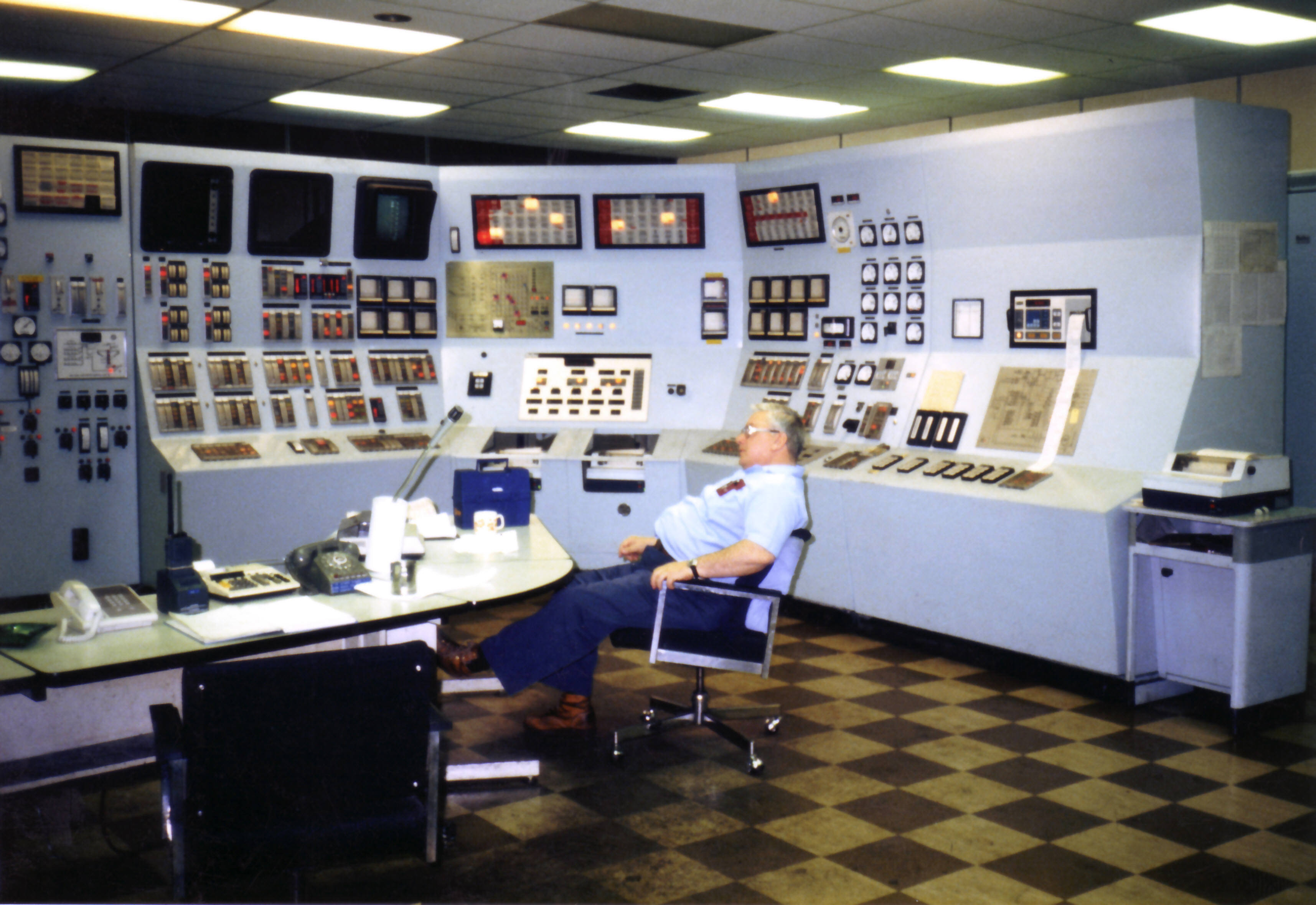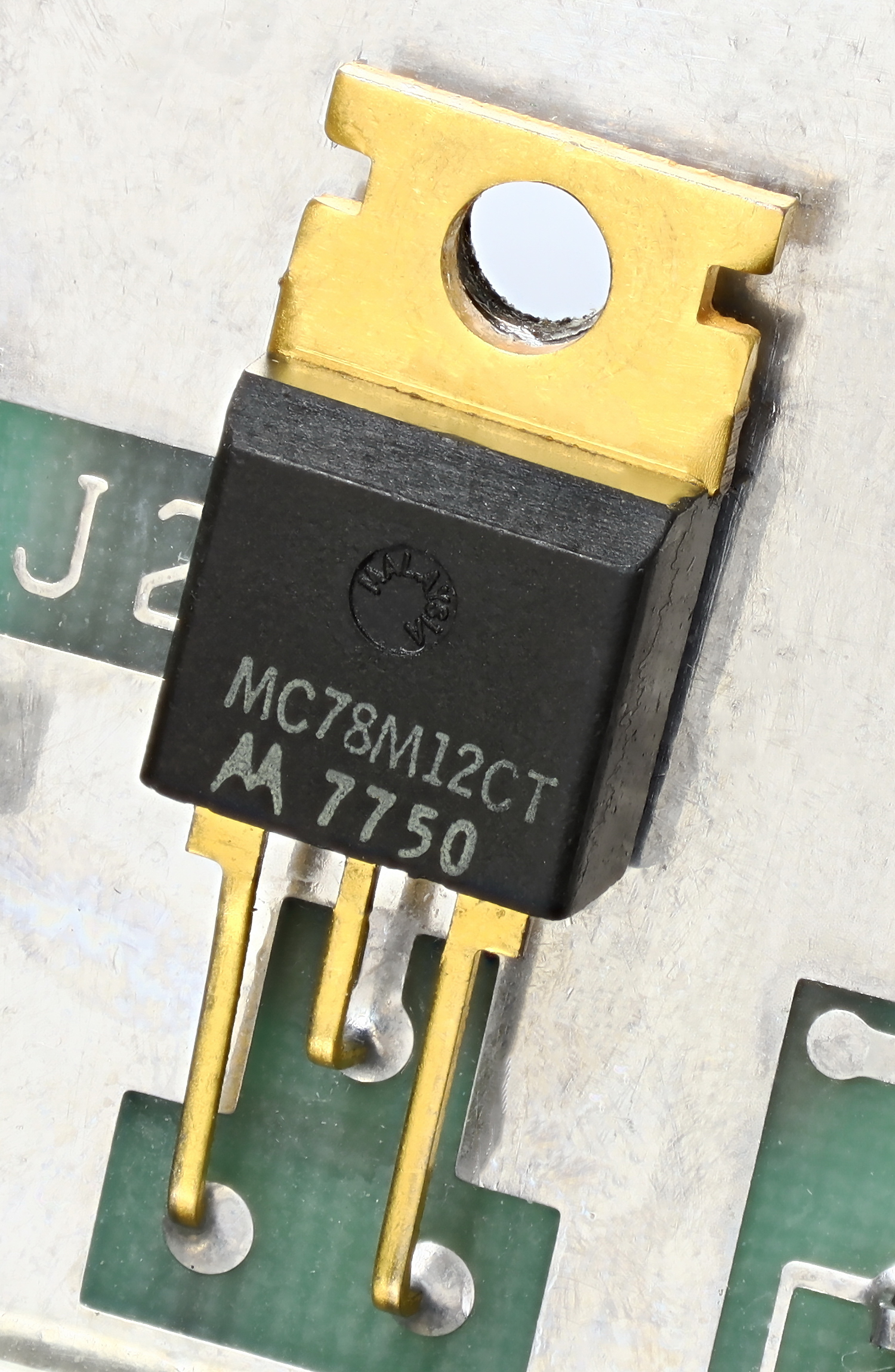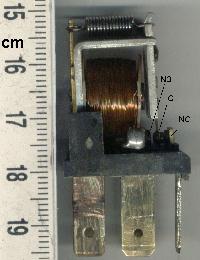|
Regulator (automatic Control)
In automatic control, a regulator is a device which has the function of maintaining a designated characteristic. It performs the activity of managing or maintaining a range of values in a machine. The measurable property of a device is managed closely by specified conditions or an advance set value; or it can be a variable according to a predetermined arrangement scheme. It can be used generally to connote any set of various controls or devices for regulating or controlling items or objects. Examples are a voltage regulator (which can be a transformer whose voltage ratio of transformation can be adjusted, or an electronic circuit that produces a defined voltage), a pressure regulator, such as a diving regulator, which maintains its output at a fixed pressure lower than its input, and a fuel regulator (which controls the supply of fuel). Regulators can be designed to control anything from gases or fluids, to light or electricity. Speed can be regulated by electronic, mechanical, or ... [...More Info...] [...Related Items...] OR: [Wikipedia] [Google] [Baidu] |
Automatic Control
Automation describes a wide range of technologies that reduce human intervention in processes, mainly by predetermining decision criteria, subprocess relationships, and related actions, as well as embodying those predeterminations in machines. Automation has been achieved by various means including mechanical, hydraulic, pneumatic, electrical, electronic devices, and computers, usually in combination. Complicated systems, such as modern factories, airplanes, and ships typically use combinations of all of these techniques. The benefit of automation includes labor savings, reducing waste, savings in electricity costs, savings in material costs, and improvements to quality, accuracy, and precision. Automation includes the use of various equipment and control systems such as machinery, processes in factories, boilers, and heat-treating ovens, switching on telephone networks, steering, stabilization of ships, aircraft and other applications and vehicles with reduced human inter ... [...More Info...] [...Related Items...] OR: [Wikipedia] [Google] [Baidu] |
Voltage Regulator
A voltage regulator is a system designed to automatically maintain a constant voltage. It may use a simple feed-forward design or may include negative feedback. It may use an electromechanical mechanism or electronic components. Depending on the design, it may be used to regulate one or more Alternating current, AC or Direct current, DC voltages. Electronic voltage regulators are found in devices such as Power supply unit (computer), computer power supplies where they stabilize the DC voltages used by the processor and other elements. In Alternator (automotive), automobile alternators and central power station generator plants, voltage regulators control the output of the plant. In an electric power distribution system, voltage regulators may be installed at a substation or along distribution lines so that all customers receive steady voltage independent of how much power is drawn from the line. Electronic voltage regulators file:Voltage Regulator connections-en.svg, 250px, Block ... [...More Info...] [...Related Items...] OR: [Wikipedia] [Google] [Baidu] |
Transformer
In electrical engineering, a transformer is a passive component that transfers electrical energy from one electrical circuit to another circuit, or multiple Electrical network, circuits. A varying current in any coil of the transformer produces a varying magnetic flux in the transformer's core, which induces a varying electromotive force, electromotive force (EMF) across any other coils wound around the same core. Electrical energy can be transferred between separate coils without a metallic (conductive) connection between the two circuits. Faraday's law of induction, discovered in 1831, describes the induced voltage effect in any coil due to a changing magnetic flux encircled by the coil. Transformers are used to change Alternating current, AC voltage levels, such transformers being termed step-up or step-down type to increase or decrease voltage level, respectively. Transformers can also be used to provide galvanic isolation between circuits as well as to couple stages of signa ... [...More Info...] [...Related Items...] OR: [Wikipedia] [Google] [Baidu] |
Electronic Circuit
An electronic circuit is composed of individual electronic components, such as resistors, transistors, capacitors, inductors and diodes, connected by conductive wires or Conductive trace, traces through which electric current can flow. It is a type of electrical circuit. For a circuit to be referred to as ''electronic'', rather than ''electrical'', generally at least one active component must be present. The combination of components and wires allows various simple and complex operations to be performed: signals can be amplified, computations can be performed, and data can be moved from one place to another. Circuits can be constructed of discrete components connected by individual pieces of wire, but today it is much more common to create interconnections by photolithographic techniques on a laminated Substrate (semiconductor), substrate (a printed circuit board or PCB) and solder the components to these interconnections to create a finished circuit. In an integrated circuit or ... [...More Info...] [...Related Items...] OR: [Wikipedia] [Google] [Baidu] |
Pressure Regulator
A pressure regulator is a valve that controls the pressure of a fluid to a desired value, using negative feedback from the controlled pressure. Regulators are used for gases and liquids, and can be an integral device with a pressure setting, a restrictor and a sensor all in the one body, or consist of a separate pressure sensor, controller and flow valve. Two types are found: The pressure reduction regulator and the back-pressure regulator. *A pressure reducing regulator is a control valve that reduces the input pressure of a fluid to a desired value at its output. It is a normally-open valve and is installed upstream of pressure sensitive equipment. *A back-pressure regulator, back-pressure valve, pressure sustaining valve or pressure sustaining regulator is a control valve that maintains the set pressure at its inlet side by opening to allow flow when the inlet pressure exceeds the set value. It differs from an over-pressure relief valve in that the over-pressure valve is ... [...More Info...] [...Related Items...] OR: [Wikipedia] [Google] [Baidu] |
Diving Regulator
A diving regulator or underwater diving regulator is a pressure regulator that controls the pressure of breathing gas for underwater diving. The most commonly recognised application is to reduce pressurized breathing gas to ambient pressure and deliver it to the diver, but there are also other types of gas pressure regulator used for diving applications. The gas may be air or one of a variety of specially blended breathing gases. The gas may be supplied from a scuba cylinder carried by the diver, in which case it is called a scuba regulator, or via a hose from a compressor or high-pressure storage cylinders at the surface in surface-supplied diving. A gas pressure regulator has one or more valves in series which reduce pressure from the source, and use the downstream pressure as feedback to control the delivered pressure, or the upstream pressure as feedback to prevent excessive flow rates, lowering the pressure at each stage. The terms "regulator" and "demand valve" (DV) are of ... [...More Info...] [...Related Items...] OR: [Wikipedia] [Google] [Baidu] |
Electromechanics
Electromechanics combine processes and procedures drawn from electrical engineering and mechanical engineering. Electromechanics focus on the interaction of electrical and mechanical systems as a whole and how the two systems interact with each other. This process is especially prominent in systems such as those of DC or AC rotating electrical machines which can be designed and operated to generate power from a mechanical process (Electric generator, generator) or used to power a mechanical effect (Electric motor, motor). Electrical engineering in this context also encompasses electronic engineering, electronics engineering. Electromechanical devices are ones which have both electrical and mechanical processes. Strictly speaking, a manually operated switch is an electromechanical component due to the mechanical movement causing an electrical output. Though this is true, the term is usually understood to refer to devices which involve an electrical signal to create mechanical mov ... [...More Info...] [...Related Items...] OR: [Wikipedia] [Google] [Baidu] |
Valves
A valve is a device or natural object that regulates, directs or controls the flow of a fluid (gases, liquids, fluidized solids, or slurries) by opening, closing, or partially obstructing various passageways. Valves are technically fittings, but are usually discussed as a separate category. In an open valve, fluid flows in a direction from higher pressure to lower pressure. The word is derived from the Latin ''valva'', the moving part of a door, in turn from ''volvere'', to turn, roll. The simplest, and very ancient, valve is simply a freely hinged flap which swings down to obstruct fluid (gas or liquid) flow in one direction, but is pushed up by the flow itself when the flow is moving in the opposite direction. This is called a check valve, as it prevents or "checks" the flow in one direction. Modern control valves may regulate pressure or flow downstream and operate on sophisticated automation systems. Valves have many uses, including controlling water for irrigation, in ... [...More Info...] [...Related Items...] OR: [Wikipedia] [Google] [Baidu] |
Centrifugal Governor
A centrifugal governor is a specific type of governor with a feedback system that controls the speed of an engine by regulating the flow of fuel or working fluid, so as to maintain a near-constant speed. It uses the principle of proportional control. Centrifugal governors, also known as "centrifugal regulators" and "fly-ball governors", were invented by Christiaan Huygens and used to regulate the distance and pressure between millstones in windmills in the 17th century. In 1788, James Watt adapted one to control his steam engine where it regulates the admission of steam into the cylinder(s), a development that proved so important he is sometimes called the inventor. Centrifugal governors' widest use was on steam engines during the Steam Age in the 19th century. They are also found on stationary internal combustion engines and variously fueled turbines, and in some modern striking clocks. A simple governor does not maintain an exact speed but a speed range, since under increa ... [...More Info...] [...Related Items...] OR: [Wikipedia] [Google] [Baidu] |
Solenoids
upright=1.20, An illustration of a solenoid upright=1.20, Magnetic field created by a seven-loop solenoid (cross-sectional view) described using field lines A solenoid () is a type of electromagnet formed by a helix, helical coil of wire whose length is substantially greater than its diameter, which generates a controlled magnetic field. The coil can produce a uniform magnetic field in a volume of space when an electric current is passed through it. André-Marie Ampère coined the term ''solenoid'' in 1823, having conceived of the device in 1820. The French term originally created by Ampère is ''solénoïde'', which is a French transliteration of the Greek word '' σωληνοειδὴς'' which means ''tubular''. The helical coil of a solenoid does not necessarily need to revolve around a straight-line axis; for example, William Sturgeon's electromagnet of 1824 consisted of a solenoid bent into a horseshoe shape (similarly to an arc spring). Solenoids provide magnetic fo ... [...More Info...] [...Related Items...] OR: [Wikipedia] [Google] [Baidu] |
Cruise Control
Cruise control (also known as speed control, cruise command, autocruise, or tempomat) is a system that automatically controls the speed of an automobile. The system is a servomechanism that takes over the car's throttle to maintain a steady speed set by the driver. History Speed control existed in early automobiles such as the Wilson-Pilcher in the early 1900s. They had a lever on the steering column that could be used to set the speed to be maintained by the engine. In 1908, the Peerless included a governor to keep the speed of the engine through an extra throttle lever on the steering wheel. Peerless successfully used a flyball governor. They advertised their system as being able to "maintain speed whether uphill or down." A governor was used by James Watt and Matthew Boulton in 1788 to control steam engines, but the use of governors dates at least back to the 17th century. On an engine, the governor uses centrifugal force to adjust the throttle position to adapt the ... [...More Info...] [...Related Items...] OR: [Wikipedia] [Google] [Baidu] |
Constant Speed Unit
Constant or The Constant may refer to: Mathematics * Constant (mathematics), a non-varying value * Mathematical constant, a special number that arises naturally in mathematics, such as or Other concepts * Control variable or scientific constant, in experimentation the unchanging or constant variable * Physical constant, a physical quantity generally believed to be universal and unchanging * Constant (computer programming), a value that, unlike a variable, cannot be reassociated with a different value * Logical constant, a symbol in symbolic logic that has the same meaning in all models, such as the symbol "=" for "equals" People * Constant (given name) * Constant (surname) * John, Elector of Saxony (1468–1532), known as John the Constant * Constant Nieuwenhuys (1920-2005), better known as Constant Places * Constant, Barbados, a populated place Arts and entertainment * " The Constant", a 2008 episode of the television show ''Lost'' * ''The Constant'' (Story of the Year a ... [...More Info...] [...Related Items...] OR: [Wikipedia] [Google] [Baidu] |







